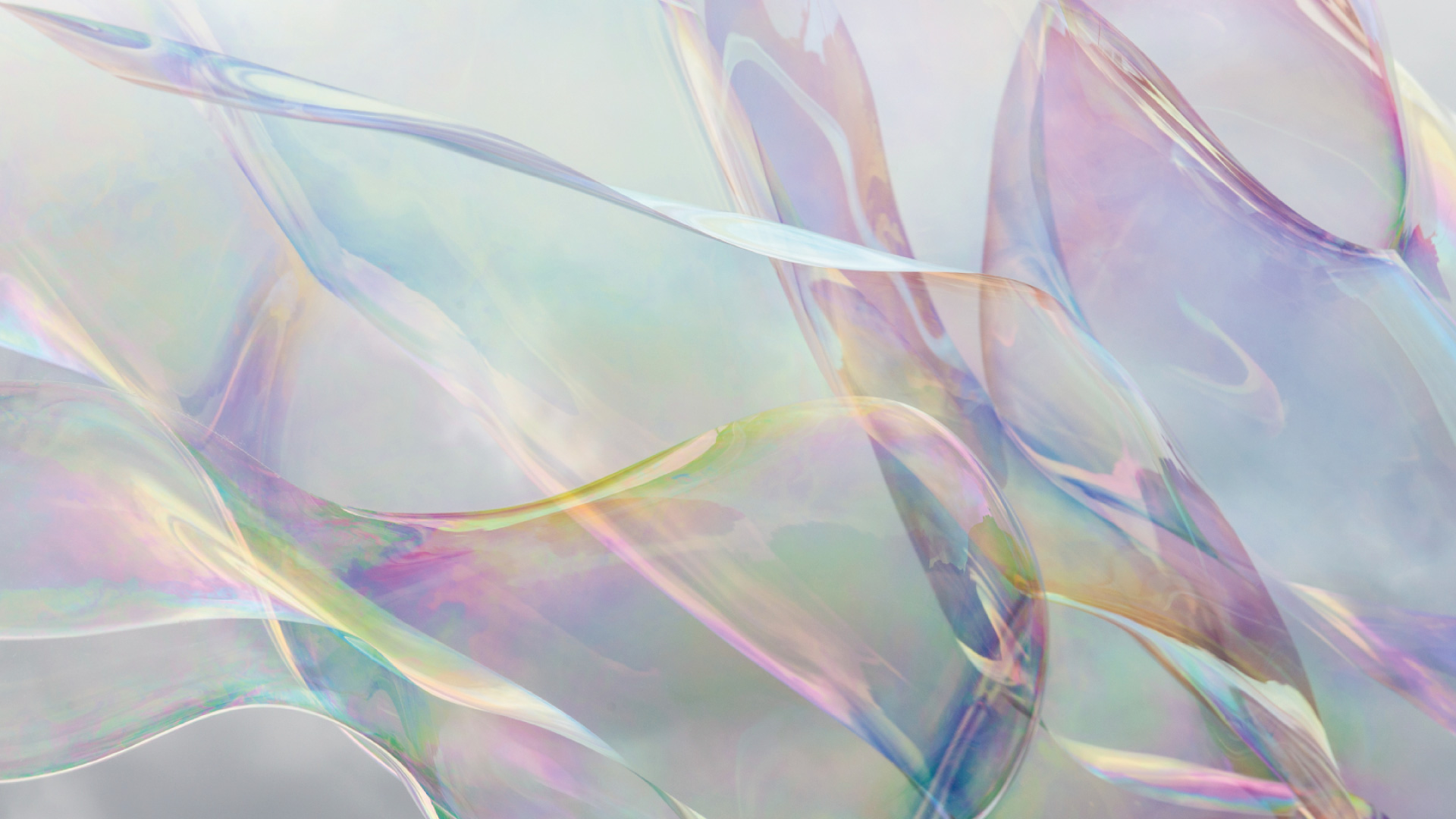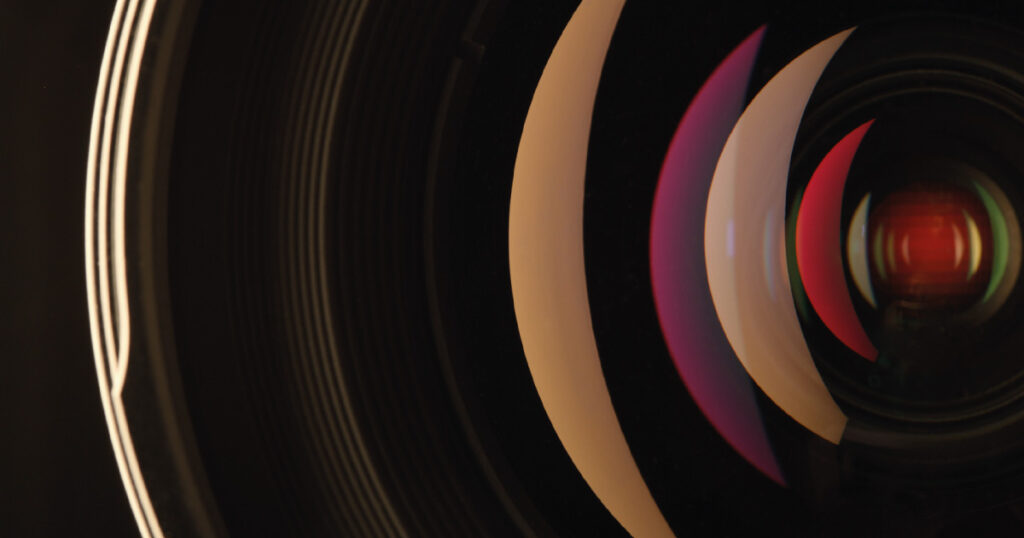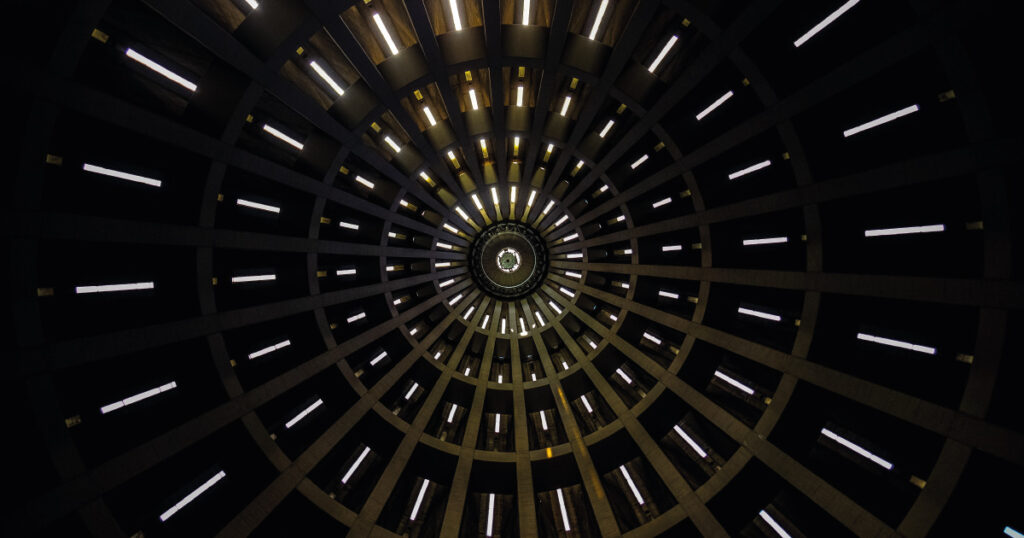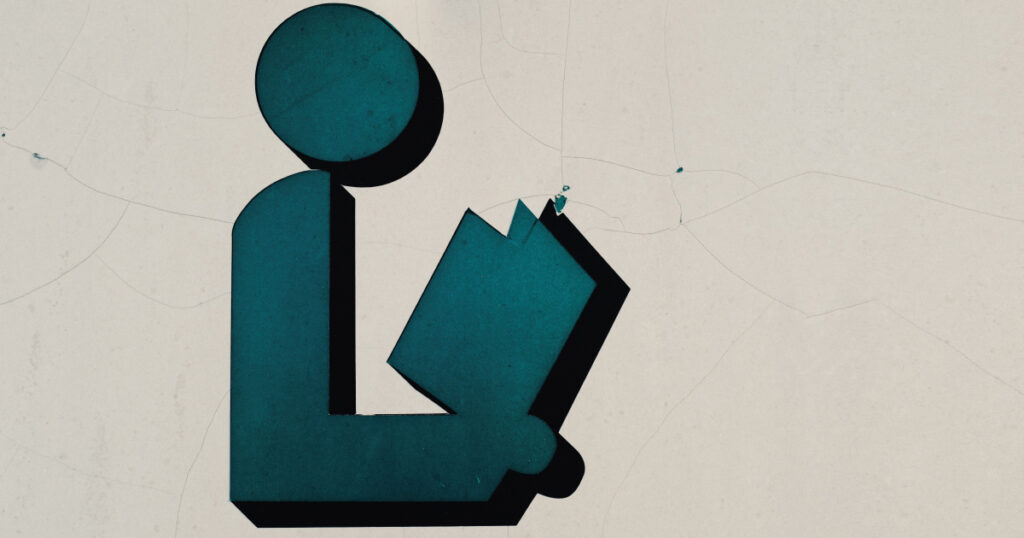
copyright
It is the creator’s responsibility to ensure they have all necessary permissions to use any third-party material in their content
Under the Licence Agreement signed with the Publisher, the Creator(s) warrant that they have cleared the relevant permissions to publish the content including all third-party materials they have used.
images/photographs
If you are taking your own photographs to illustrate your content, or using photographs taken by someone else, there are a number of factors to consider:
- Location – where is the photograph taken, if it is a specific location permission may be required
- Content – what/who is in the image, and how are they portrayed? e.g., if an image is being used to illustrate a negative concept
- Consent – if an identifiable person appears in the photograph, have they given consent in writing, and does this consent clearly cover the intended use of the image?
- Image quality – is the image at a suitable quality for publication – a minimum of 300 dpi resolution at a minimum of 10cm width.
Using other people’s photographs: Unless otherwise stated, you should apply to the publisher for permission to reproduce a photograph, however, in some instances copyright may reside with the photographer. The source of the photograph should be given in the figure caption and it is to this source that you should apply for permission. You will also need permission before using a photograph from a photo agency. You must be aware of the owner’s moral right of integrity in illustrations. This can be infringed by for example, cropping photographs or changing colours in artwork. If you wish to use a stock image in your article, please contact the publisher in advance to clarify the type of licence required.
Figures and Tables
You will need permission if you intend to use a direct copy of any photograph, line drawing or table that has been previously published in another source or you intend to adapt a line drawing or a table that has been previously published in another source. You do not need permission if you intend to use raw data to construct a figure illustration or table (although the source of the data must be credited).
Online Images
Images from the Internet are subject to copyright and permission must be sought from the original copyright holder before using images from a website. Also note that images designed to be viewed online will not be of a sufficient quality to be reproduced in printed form.
poems/song lyrics
Permission to quote from a song or poem is always required, and can have specific limitations.
what permission is required?
When you are requesting permission, you should request the following – please note you will need documentary evidence that you have cleared the necessary permissions.
- non-exclusive rights to reproduce the item within your content to be published in the academic journal ‘Journal of Customer Behaviour’;
- print and electronic rights for the full term of copyright and any extensions thereof;
- worldwide English-language distribution rights.
fair dealing
The concept of Fair Dealing is tested if a claim is made, and what constitutes Fair Dealing requires a case-by-case analysis. Therefore, any material used under this concept won’t be published alongside a disclaimer of any kind, and the content is not published under any kind of Fair Dealing exception.
If the concept of Fair Dealing is invoked by the Creator(s), this is what would be used as a defence if the Publisher were to be pursued for a copyright infringement claim. There is an aspect of risk here. The copyright holder may, at any time, make themselves known and demand compensation or action. This may be in the form of a copyright infringement case which could result in a payment being made to the copyright holder, or even the material having to be taken down all together. As the Creator has warranted to the Publisher that they have all the relevant permissions required to publish the article, if the Publisher were to be pursued for a copyright infringement claim and suffered loss then they would claim this back from the Creator under the Licence Agreement.
UK law permits Fair Dealing with certain types of copyright material for the purposes of research (non-commercial) and private study, criticism, or review, or the reporting of current events. Note that publication of an academic journal article is unlikely to come under the non-commercial research exception, as most academic publication is undertaken on a commercial basis. The key criteria to be assessed are:
- How is the material being used? Is it the object of detailed enquiry, or is it merely illustrative or ornamental? Consider the ratio of the amount of direct detailed analysis to the amount of material being used.
- Is the inclusion of the material essential to the discussion, and, how much of the material being used is necessary for this? Consider how much impact there would be on the argument in a submission if the third-party material was deleted.
- How much of the original work is being used, and how important is the amount being used to the original source? Note there is no simple % answer to this.
- Could the re-use of the material compete with the exploitation of the original work by the owner?
- Where and under what licence is the work published? Fair Dealing only applies to works published with the authorisation of the copyright holder.
- Have the creator(s) made any modifications to the original third-party material?
- Is full acknowledgement given to the source?
If you are unable to identify a copyright holder, the UK Government has guidance on how to perform a ‘diligent search’ and how to apply for a licence through the orphan works licensing scheme. See https://www.gov.uk/government/publications/orphan-works-diligent-search-guidance-for-applicants.
For further details on UK Fair Dealing rules please refer to the Copyright Designs and Patents Act https://www.gov.uk/government/publications/copyright-acts-and-related-laws




